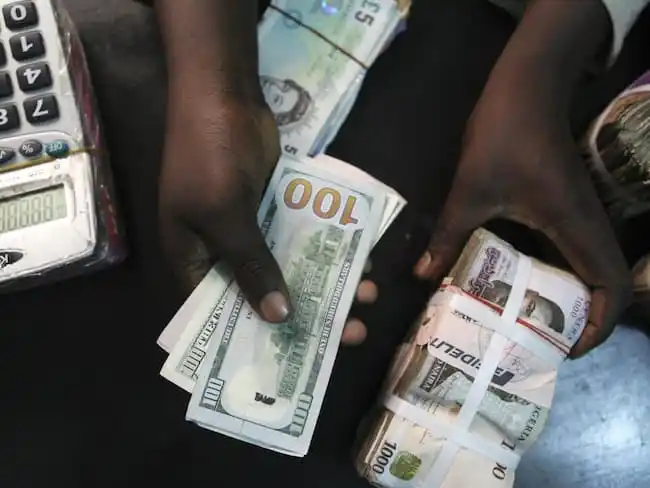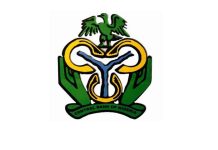The exchange rate between the Naira and the US dollar, according to the data released on the FMDQ Security Exchange, the official forex trading portal, showed that the Naira closed at 1650.00 per $1 on Friday, September 6, 2024. Naira traded as high as 1621.12 to the dollar at the investors and exporters (I&E) window on Tuesday.
Dollar to naira exchange rate today black market (Aboki dollar rate):
The exchange rate for a dollar to naira at Lagos Parallel Market (Black Market) players buy a dollar for N1650 and sell at N1660 on Thursday, 5th September 2024, according to sources at Bureau De Change (BDC).
Please note that the Central Bank of Nigeria (CBN) does not recognize the parallel market (black market), as it has directed individuals who want to engage in Forex to approach their respective banks.
Dollar to Naira Black Market Rate Today
| Dollar to Naira (USD to NGN) | Black Market Exchange Rate Today |
| Buying Rate | N1650 |
| Selling Rate | N1660 |
Dollar to Naira CBN Rate Today
| Dollar to Naira (USD to NGN) | CBN Rate Today |
| Buying Rate | N1620 |
| Selling Rate | N1621 |
Please note that the rates you buy or sell forex may be different from what is captured in this article because prices vary.
Banks’ Borrowing From CBN Drops By 76% – Report
The borrowing by various banks from the Central Bank of Nigeria (CBN) through the Standing Lending Facility (SLF) experienced a significant decline of 76.4 per cent month-on-month, decreasing to ₦4.04 trillion in August from ₦17.12 trillion in July.
According to the CBN Financial Data, there was a notable increase in banks’ deposits within the CBN Standing Deposit Facility (SDF), which surged by 270.7 per cent month-on-month, rising to ₦8.12 trillion from ₦2.19 trillion in July.
These trends suggest that banks are currently holding excess funds, which are not being utilized by businesses, likely due to the elevated borrowing rates following the recent hike in the Monetary Policy Rate (MPR).
This situation arises in the context of the CBN’s recent adjustments to the SDF rates, aimed at reducing the tendency of banks to maintain surplus liquidity at the CBN and encouraging more lending activities.
The adjustments were outlined in a circular issued after the 296th Monetary Policy Committee (MPC) meeting, during which the apex bank modified the asymmetric corridor surrounding the MPR from +100/-300 basis points (bps) to +500/-100 bps to discourage banks from retaining excess liquidity.













